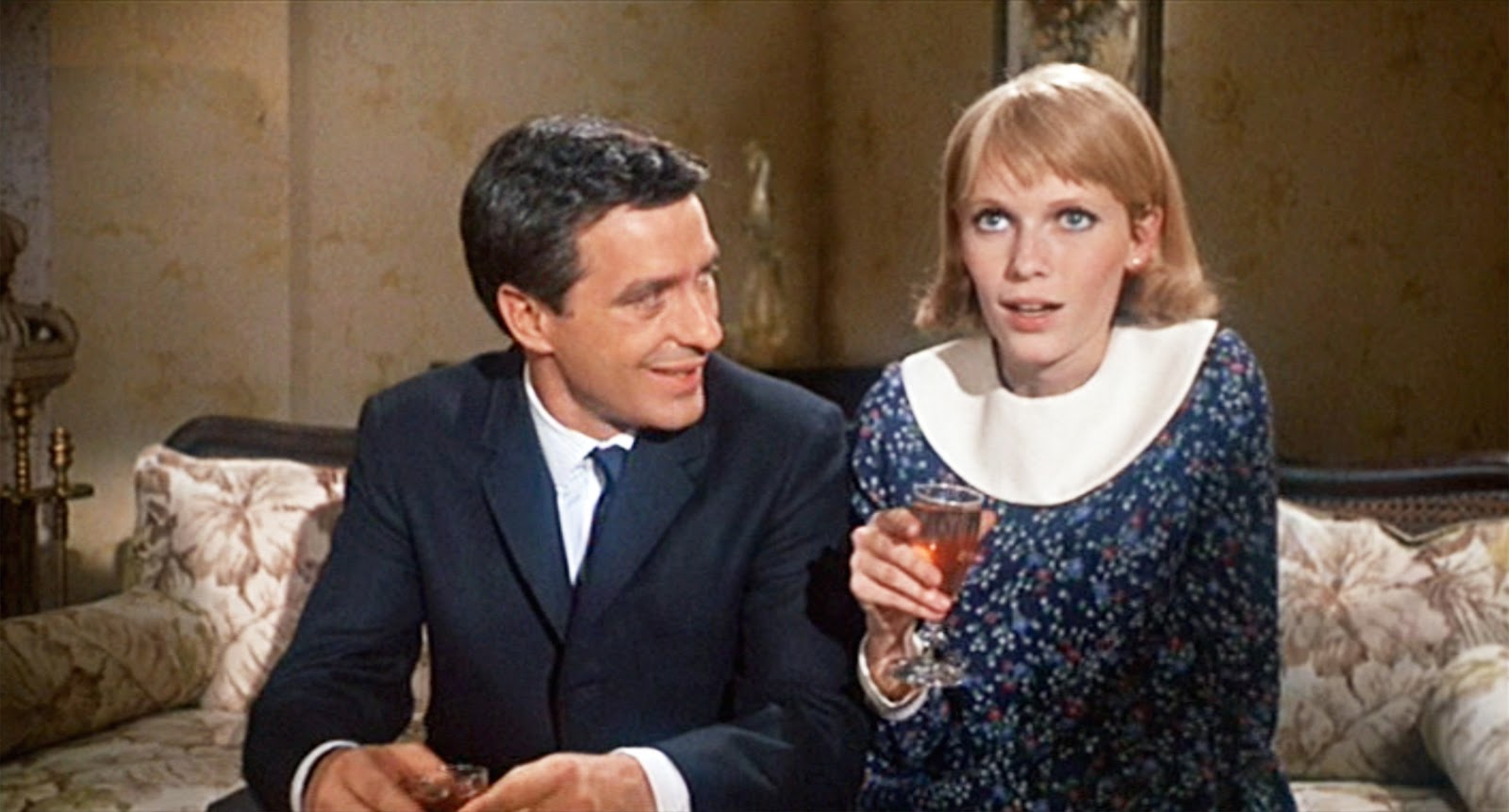Rosemary’s Baby

Rosemary’s Baby is a classic horror film released in 1968, directed by Roman Polanski and based on the novel of the same name by Ira Levin. The film is widely regarded as a seminal work in the horror genre, known for its chilling atmosphere, psychological depth, and unsettling themes.
Plot Summary:
The story follows Rosemary Woodhouse (played by Mia Farrow), a young woman who becomes pregnant after moving into an old Gothic apartment building with her husband, Guy (played by John Cassavetes). Soon after, Rosemary experiences a series of troubling and mysterious events. She begins to suspect that her husband and their eccentric neighbors are involved in a sinister plot and that her baby might not be what it seems.
Review:
- Story and Themes:
- Rosemary’s Baby is renowned for its psychological horror and its exploration of themes such as paranoia, trust, and the loss of autonomy. The narrative delves into the fears of betrayal and manipulation, particularly in the context of Rosemary’s relationship with her husband and her own bodily autonomy.
- The film skillfully builds tension and unease, using a slow-burn approach to horror that allows the suspense to build gradually. It effectively plays on the anxieties of its time, including fears about modernity, the occult, and gender roles.

- Performances:
- Mia Farrow: Farrow’s portrayal of Rosemary is central to the film’s impact. Her performance is both vulnerable and compelling, capturing the character’s descent into fear and desperation with nuance and depth.
- John Cassavetes: Cassavetes delivers a chilling performance as Guy, embodying the character’s manipulative and calculating nature. His role is crucial in driving the film’s sense of betrayal and dread.
- Direction and Screenplay:
- Roman Polanski: Polanski’s direction is masterful, creating a sense of claustrophobia and paranoia that permeates the film. His use of close-ups and unsettling visuals enhances the psychological horror and makes the audience feel Rosemary’s isolation and fear.
- Screenplay: The screenplay, adapted from Ira Levin’s novel, is tightly constructed and well-paced. It captures the novel’s tension and psychological complexity, contributing to the film’s enduring impact

- Visuals and Atmosphere:
- The film’s cinematography is effective in creating an eerie and unsettling atmosphere. The use of dark, moody lighting and the Gothic setting of the apartment building contribute to the film’s sense of dread and foreboding.
- The set design and costumes also play a significant role in establishing the period and mood, with a focus on detail that enhances the overall atmosphere.
- Music and Sound:
- The film’s score, composed by Krzysztof Komeda, is haunting and memorable, contributing to the film’s unsettling tone. The music adds to the tension and helps to underscore the psychological horror elements.

- The film’s score, composed by Krzysztof Komeda, is haunting and memorable, contributing to the film’s unsettling tone. The music adds to the tension and helps to underscore the psychological horror elements.
- Overall Impact:
- Rosemary’s Baby is a landmark film in the horror genre, known for its sophisticated approach to psychological terror and its exploration of complex themes. It has influenced numerous horror films and remains a powerful and unsettling experience.
- The film’s ability to evoke fear through psychological manipulation rather than explicit violence makes it a standout in the genre. It’s a timeless classic that continues to resonate with audiences and critics alike.
In summary, Rosemary’s Baby is a landmark in horror cinema, celebrated for its psychological depth, compelling performances, and masterful direction. It remains a must-watch for fans of the genre and a significant piece of film history.











